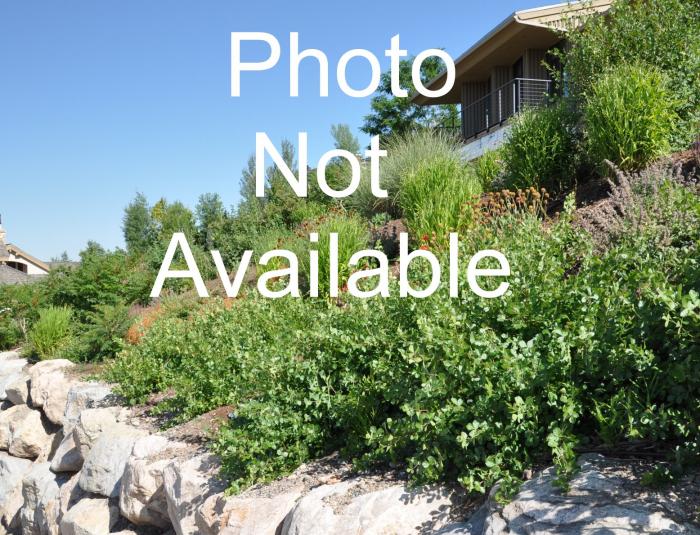| Botanical Name: Linum kingii | |
| Common Name: King's Yellow Flax |

-
Anatomy
-
Culture
-
Design
Plant Type
Perennial
Height Range
Under 1'
Flower Color
Yellow
Flower Season
Spring
Leaf Color
Blue Green
Bark Color
n/a
Fruit Color
n/a
Fruit Season
n/a
Information by: Stephanie Duer
Photographer:
Photographer:
-
Description
-
Notes
A Utah native. King's Yellow flax is related to its more well-known kin, blue flax, though the stature a little shorter, foliage is a little more substantial, and the flower is a clear, bright yellow. Blooms June to August in its natural habitat, but probably earlier in the valley. Well suited to a rock or alpine garden.